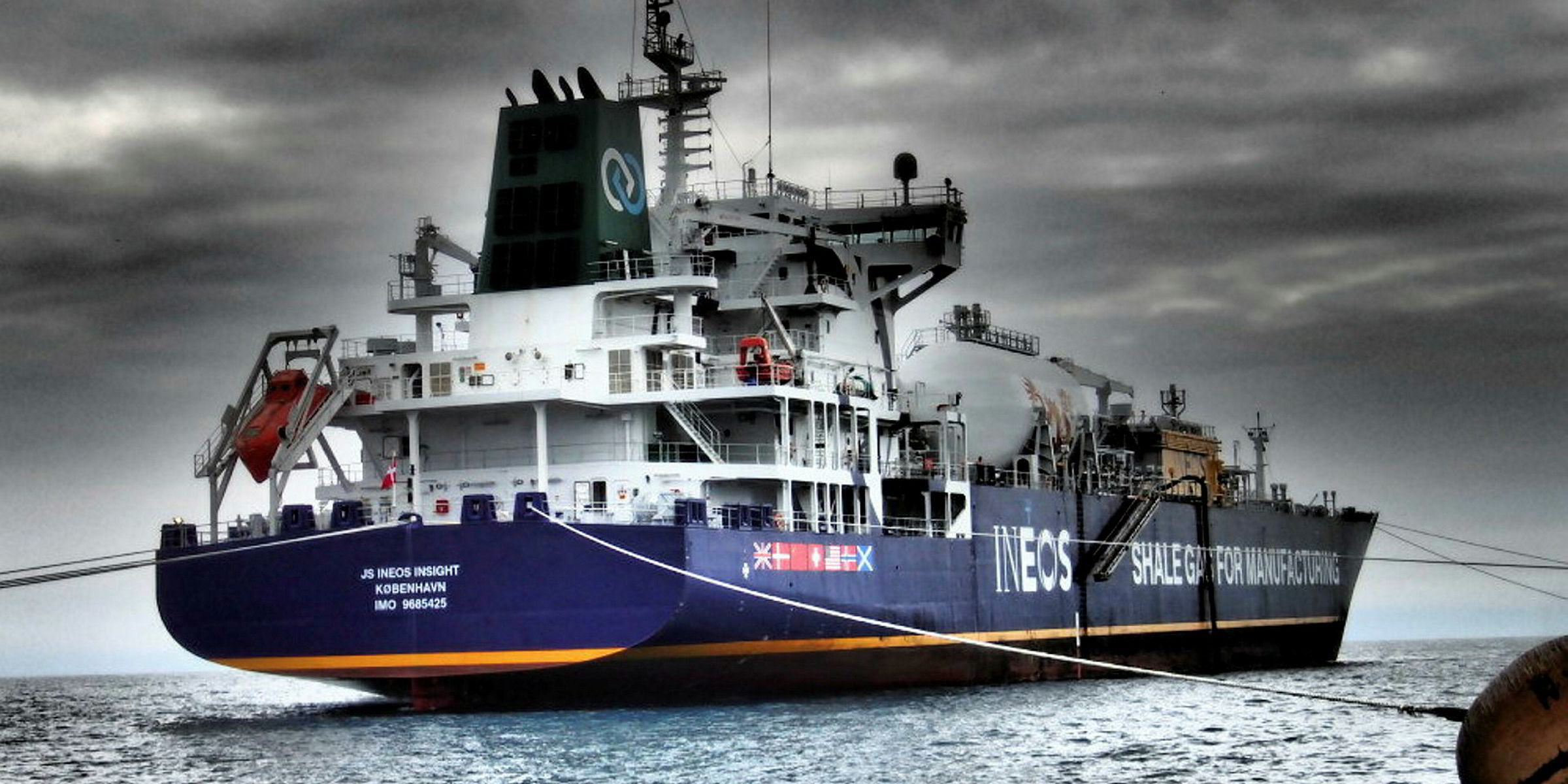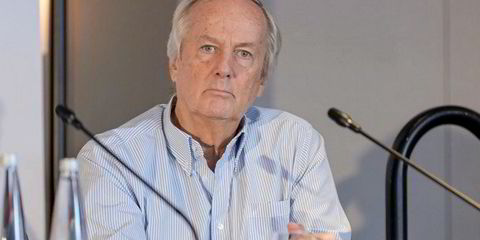David Thompson’s background is in business and chemistry, not shipping. But he helped usher in a new seaborne trade for gas carriers.
As the head of Ineos’ shipping and trading since 2014, Thompson has led efforts at the chemical manufacturer to export ethane from the US to Europe. Those travails first bore fruit a year ago after the first ethane cargo onboard the 27,500-cbm JS Ineos Intrepid (built 2015) departed the US for the Ineos-owned Rafnes chemical plant in Norway.
A year later, Ineos has shipped 50 ethane cargoes from the US to its plants in Rafnes and Grangemouth, Scotland. In the next month, Ineos will take control of the last two ethane-capable ships chartered from Evergas, bringing its chartered-in fleet to eight.
The project has proven itself to the extent that even competitors will use start using Ineos’ seaborne supply chain, and the company hopes to take a larger role in the seaborne gas trade.
But Thompson says it is doubtful that the seaborne ethane trade will grow beyond a few market players, given the high investment required and the limited number of customers.
“Being the first-mover in a market is always a challenge but we’ve been very happy with the project” Thompson said.
He adds that the “Dragon Ships” designed by JHW Engineering & Contracting, and built at Sinopacific Offshore & Engineering and New Yangzijiang Shipbuilding, have performed as expected over the first year of service. The specialised vessels require both the refrigeration needed for handling LNG and the pressurised cargo holds necessary for handling LPG.
Handysize, ethylene-capable vessels were able to handle ethane but those ships were not able to carry enough cargo to make the voyages economical.
Thompson says most of the roadblocks have been with the shoreside export infrastructure. Ineos had to redirect one ship last year due to a delay opening the Enterprise Products Ethane Export Terminal in Texas.
“There’s been a few bumps on the road but, overall, we’ve been happy with the partnerships,” Thompson said.
Other chemical manufacturers have approached Ineos about whether a similar industrial shipping model would work. But Thompson says the company was in a predicament as its main source of ethane — gas fields in the North Sea — was in decline.
Ineos had to invest $2bn in storage and marine infrastructure to ship ethane to its plants. But other chemical makers would have to invest more just to make their plants capable of using ethane.
By the summer, Ineos will start supplying one of the few other plants capable of using ethane. It will carry cargoes to supply the Mossmorran plant in Scotland — a facility jointly owned by ExxonMobil and Shell.
Sweden’s Borealis is also expected to start receiving US ethane cargoes onboard ships chartered from Navigator Gas.
The demand for US ethane from Europe has pushed up vessel calls at the two main export docks. Thompson says the Marcus Hook ethane loading dock in the US state of Pennsylvania, which is the closest to Europe, has been “pretty loaded” due to the number of exports. A pipeline expansion in the coming months should mean more cargoes will become available.
Yet Thompson is also looking at whether Ineos can play an expanding role in the seaborne LPG trade.
The company also said last month that it plans to open the largest butane storage tank in Europe. The facility, which will be capable of handling very-large-gas-carrier (VLGC)-size cargoes of butane, will supply Ineos plants in Germany. But Thompson says it could also supply other customers in Europe.
“We will not be standing still,” he said.




